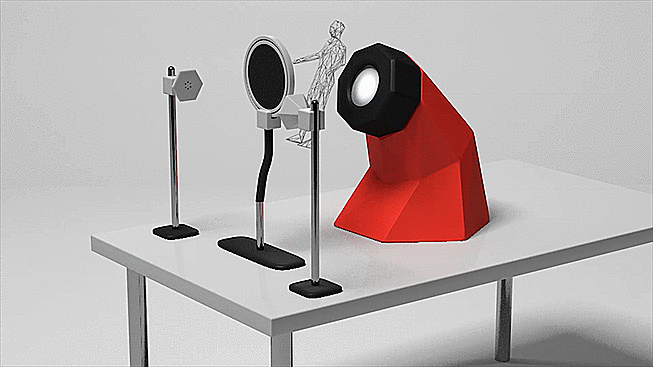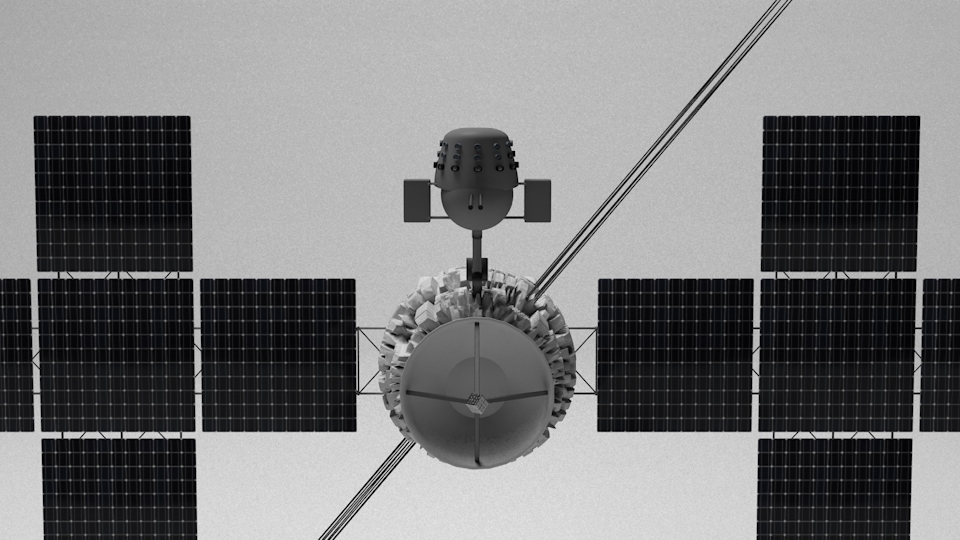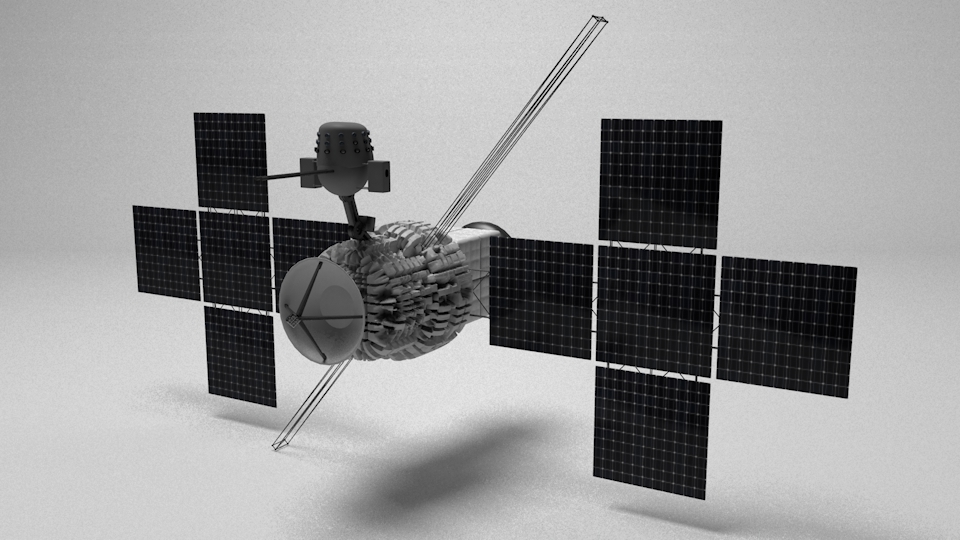This is a collection of fictional products and services made in the context of a workshop with IASS . Inspired by the work of Yukiyasu Kamitani on AI and deep brain imaging, which can be grossly summed up as a Shazaam for the brain of sorts, these artefacts and services depict a future in which dreams and neural activity during sleep has been commodified.

Press Clipping in Diegesis: 'Making the Most Sleep'
The collaboration between Danish start-up Swefn and members from Yukiyasu Kamitani's brain imagery laboratory at Kyoto University, 'Dreamscapes' is at the forefront of research in dream printing. The company released its first prototype last year: a unique MRI scanner small and silent enough to fit into a lintel over a bed, and announced it would hit the market in the second half of next year. Dreamscapes promises an easy way to make the most of one's dreams. After training the pattern-recognition AI, biosignals emitted by the brain are captured during a user's sleep and transformed into a digital media archive of any neural activity which can be explored after waking up — a sort of 3D dream viewer. These dream media can be manipulated and curated during a pre-sleep session of suggestive exercises, generated to match desired topics with varying accuracy depending on the person. A premium 'Material Package' lets users export isolated dream elements as well as entire timelines into a format printable at home, at the local copyshop, or through a dedicated service Swefn is planning to establish. All-in-all, this service has already encountered significant success among beta-testers who were delighted to revisit their dreams, find lost passwords, explore traumas they weren't aware of, and for some, to even fine-tune their sleeping habits toward a gain of productivity. The company says they will also offer a freemium service sponsored by Alphabet-owned pilot project Pulsar, which will in return be granted suggestive advertising rights into a user's dreamscape, with some restrictions however: ads can be broadcasted only during the last fifteen minutes before the alarm clock, thus only acting on short-term memory. The ads are broadcast through 'dream induction', a relatively simple process using subliminal, low-frequency waves of encoded sound as well as video messages; a process originating in 'Presomnic Image Permanence Training' to trigger lucid dreams. The Guinness book of World Records has already expressed interest in opening a 'dream category' anticipating that, once accurately observable, sleeping would be a new frontier for contestants to achieve things yet unattainable by the physical self.



The technology behind Swefn's Dreamscapes is, in essence, the same that enabled ground-braking sensory experiments just two years prior to this venture, where biohackers were able to exchange their sensory input among each other, a process that culminated with the sensory recording of artist Byron Sanders' death, made "feelable" to all as an open-source data set. The experiments would be far from over though, as the French FIAC (Inernational Fund for Contemporary Art) would soon confirm a collaboration with the European Space Agency to launch the first Deep Space Sensing probe, a device no bigger than a poodle packed with sensors. The 'Spacesense' now lets people physically feel space—smell, sound, and gravitational pulls included. The device, it is thought, might help in new therapies against anxiety, ADHD, and post-traumatic stress disorders.
Worth Reading
Decoding the Visual and Subjective Contents of the Human Brain, by Yukiyasu Kamitani & Frank Tong, 2005